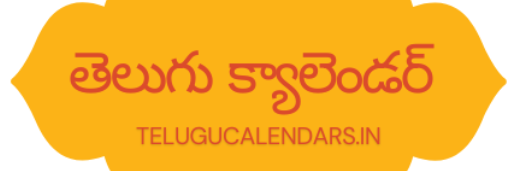Designing a Visually Appealing and User-Friendly Interface
When developing a custom theme for a Telugu calendar blog, it is essential to adhere to fundamental design principles that prioritize both aesthetics and functionality. A visually appealing interface can significantly enhance user engagement, while a user-friendly layout ensures easy navigation. To reflect the cultural and religious significance of the Telugu calendar, traditional colors such as saffron, yellow, and green should be incorporated into the design. These colors not only resonate with the cultural heritage but also evoke a sense of warmth and familiarity among users.
In addition to color selection, integrating Telugu script fonts alongside English text is crucial in creating an inclusive environment for all users. This bilingual approach not only promotes accessibility but also allows users to engage with the content in their preferred language. Highlighting the current month’s calendar on the homepage serves as a focal point for visitors, making it easy to access relevant information promptly. It is important to provide seamless navigation options that allow users to switch between different months with ease.
Moreover, the incorporation of traditional Telugu symbols for icons and buttons can enhance the overall aesthetic, providing a cohesive and culturally relevant experience. Attention to detail in the design elements reinforces the theme’s identity and connects users with their cultural roots. The importance of responsive design cannot be overlooked, as an increasing number of users access content via mobile devices. Ensuring that the Telugu calendar blog is fully responsive enhances usability, providing a consistent experience across desktops, tablets, and smartphones. By prioritizing these design principles, the theme can effectively cater to the diverse audience while celebrating the rich cultural essence of the Telugu calendar.
Functionality and Customization Features
When developing a custom theme for a Telugu calendar blog, the focus on functionality and customization is paramount to cater to the unique needs of its audience. One of the essential features to integrate is a sidebar that showcases daily panchangam, festival dates, and auspicious timings. This sidebar not only provides valuable information at a glance but also enhances user engagement by keeping readers informed. Ensuring that the theme is fast-loading and SEO optimized is crucial, as it contributes to a better user experience and improves search engine rankings, making it easier for users to find the blog.
Custom widgets play a significant role in enhancing the theme’s usability. These widgets can display panchangam details, muhurthams, and upcoming festival dates. By allowing users to access this information in a streamlined manner, the blog becomes a go-to resource for readers. Furthermore, offering customization options such as color schemes, font choices, and layout adjustments without any coding skills is essential. This feature empowers users to personalize their experience, making the blog not only aesthetically pleasing but also reflective of their individual preferences.
In today’s digital landscape, bilingual language support is another crucial consideration. Incorporating a language switch option allows readers to navigate between Telugu and English seamlessly. This not only broadens the audience base but also demonstrates inclusivity for both native and non-native speakers. To further enhance interaction and sharing among users, integrating social media sharing buttons for platforms like Facebook, WhatsApp, and Twitter is vital. This feature encourages users to share content easily, thus fostering community interaction and expanding the blog’s reach. Through these functionalities and customization features, a Telugu calendar blog can effectively serve its purpose and resonate with its audience.

Leave a Reply